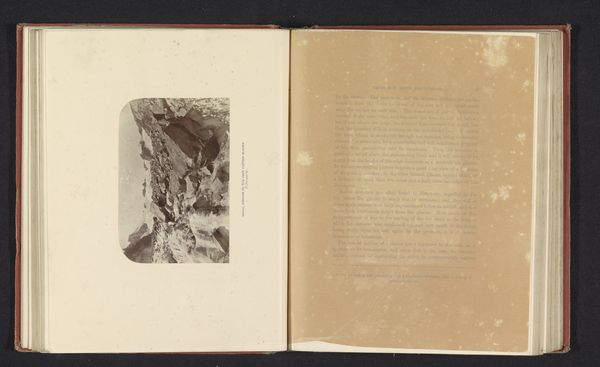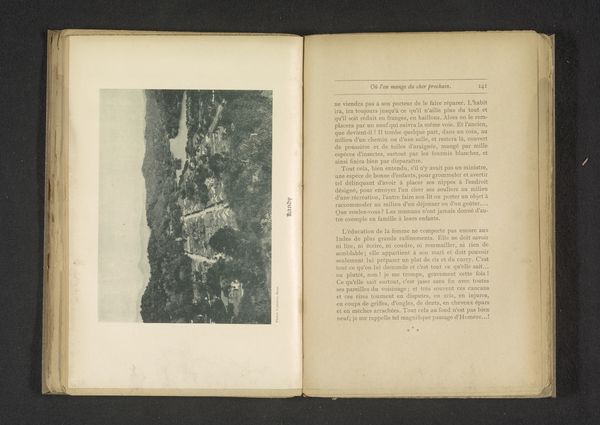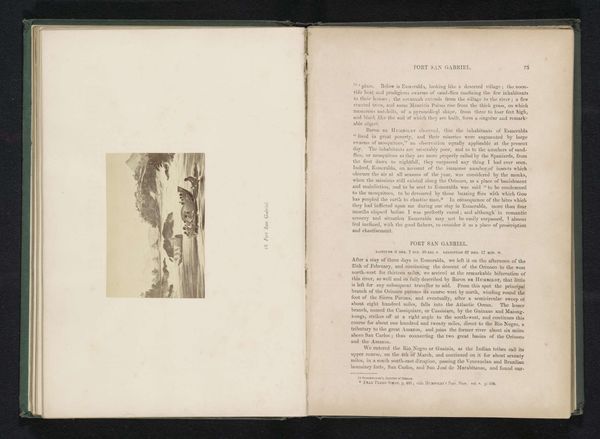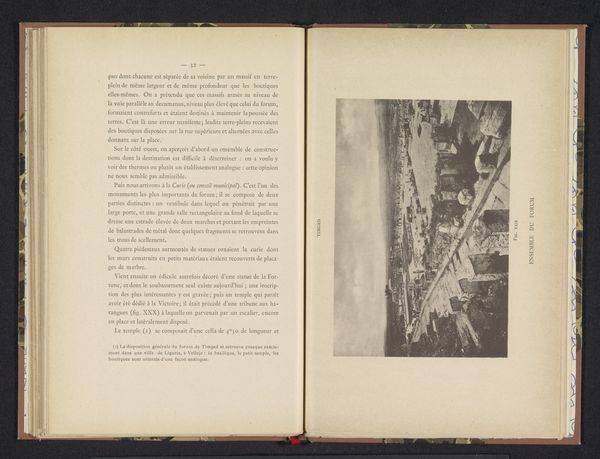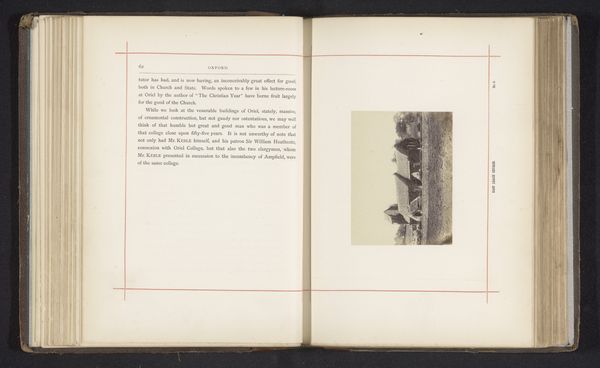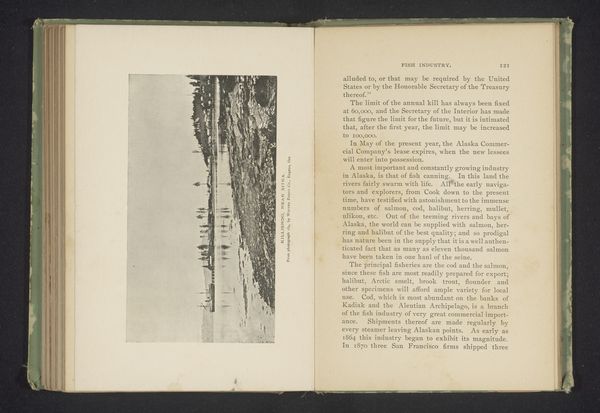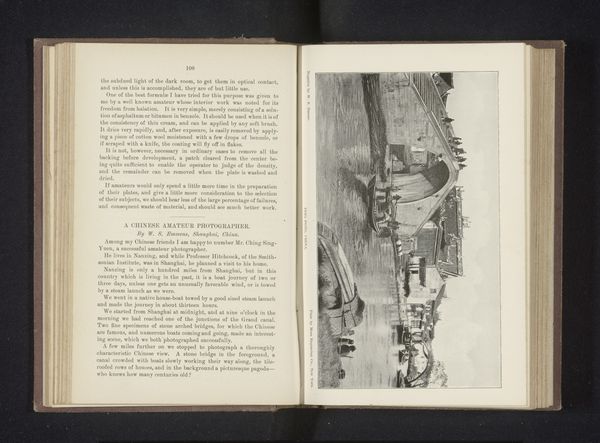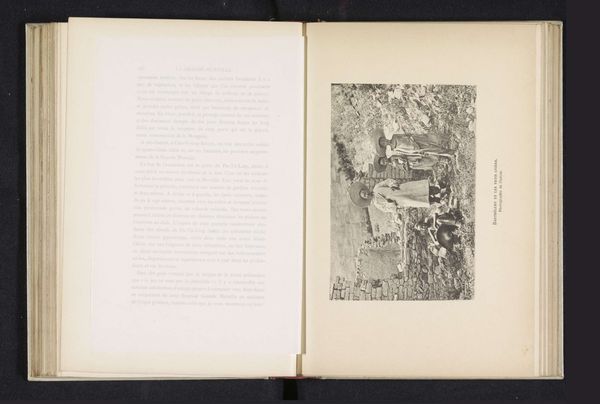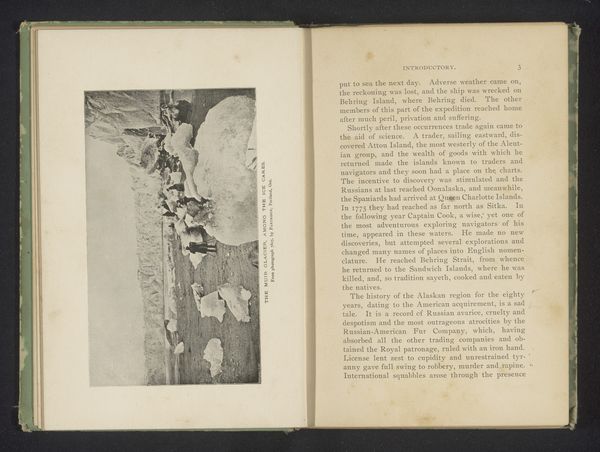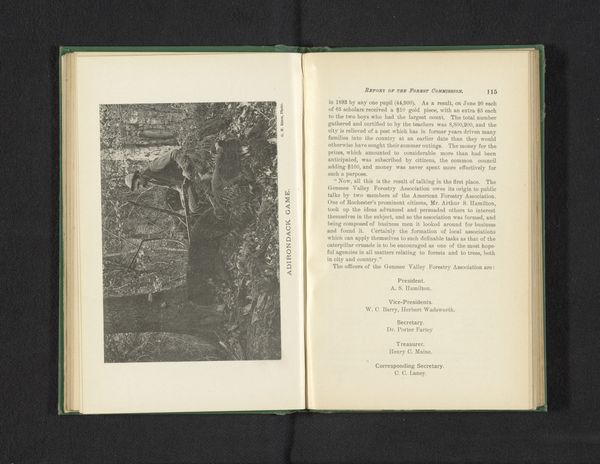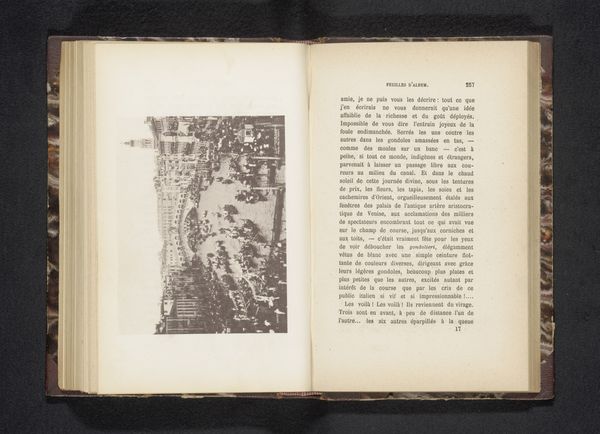
print, photography, albumen-print
#
aged paper
#
script typography
# print
#
sketch book
#
hand drawn type
#
landscape
#
ancient-egyptian-art
#
photography
#
personal sketchbook
#
hand-drawn typeface
#
fading type
#
ancient-mediterranean
#
thick font
#
sketchbook drawing
#
sketchbook art
#
albumen-print
Dimensions: height 164 mm, width 211 mm
Copyright: Rijks Museum: Open Domain
Here is the original image: Captured by Maxime Du Camp, this photograph presents the ruin of a palace at Karnak. The dominant symbol is the obelisk, a soaring, tapering monument reaching for the heavens. In ancient Egypt, the obelisk represented the sun god Ra, embodying notions of power, resurrection, and the solar cult. The obelisk is not isolated to ancient Egypt; we find its echoes in different forms across cultures. Consider the Washington Monument in the United States, a modern take on this ancient symbol, repurposed to commemorate national heroes. This act reveals a deep-seated human impulse to connect with enduring symbols of power and permanence. The image also evokes a sense of melancholy. Despite its ruined state, the obelisk still stands. This striking scene engages us on a subconscious level, reminding us of the eternal cycle of creation, destruction, and renewal that resonates across history and cultures. The symbol, in its cyclical progression, has resurfaced, evolved, and taken on new meanings in different historical contexts.
Comments
No comments
Be the first to comment and join the conversation on the ultimate creative platform.
